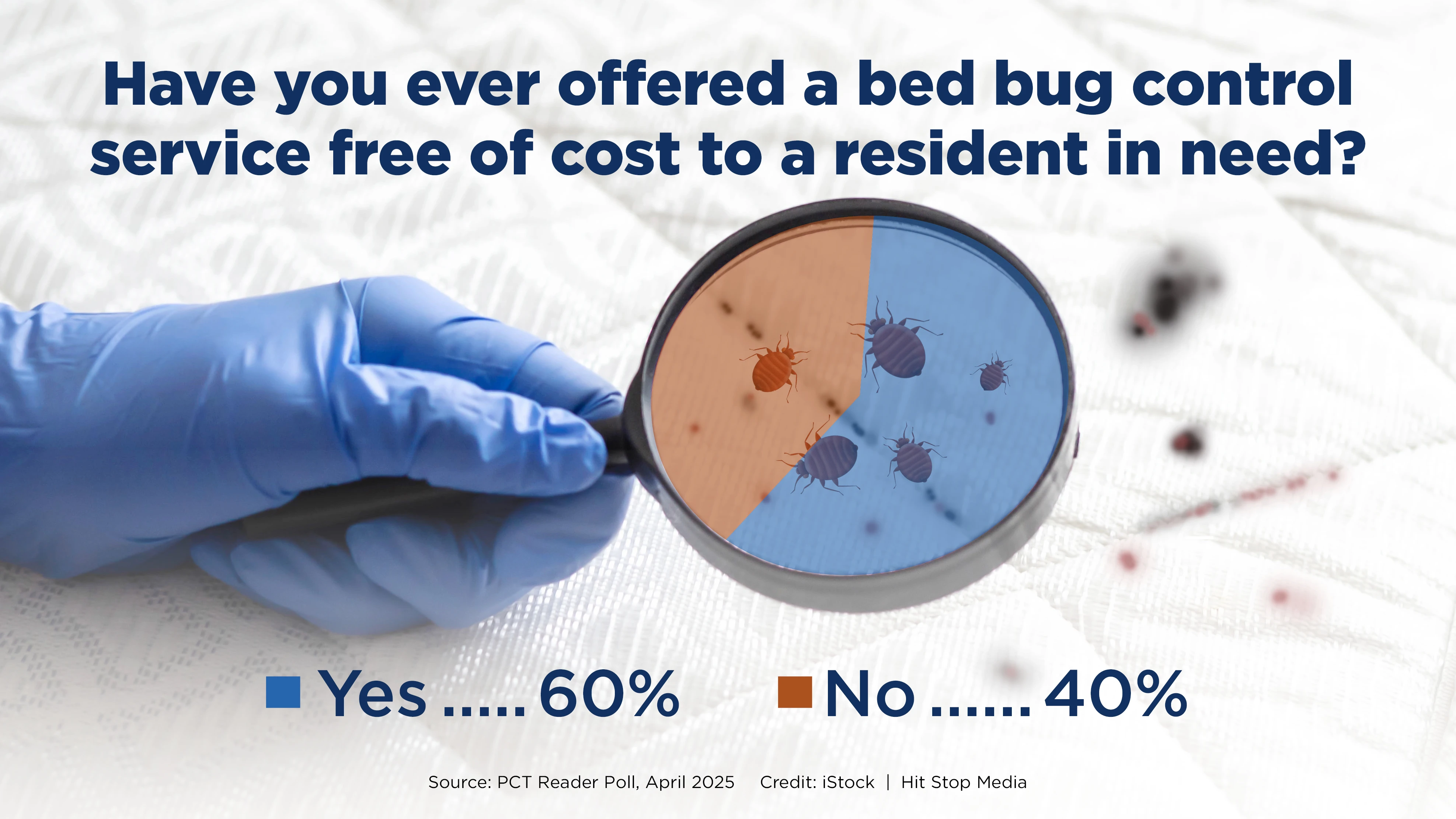
Like people, ants often have fought over food and territory.
But ants began fighting long before humans: at least 99 million years ago, according to Phillip Barden, a fossil insect expert who works in the Insect and Evolution Lab of Jessica L. Ware, an assistant professor in the Department of Biological Sciences at Rutgers University-Newark.
“That’s a trait of ants,” Barden said. “Many ant species do that all the time. They’re always warring with either other individuals of the same species from different colonies or with different species.”
The ant wars began in the Cretaceous period, when enormous dinosaurs thrived on Earth, according to a study recently published online in the journal Current Biology. Barden, the lead author, is affiliated with the American Museum of Natural History in New York City. Co-author David A. Grimaldi is a curator at the museum and also is affiliated with Cornell University and the City University of New York.
The fighting ants and others trapped in ancient Burmese amber from Myanmar are among the earliest known ants.

“These early ants belong to lineages distinct from modern ants,” he said. “That is, they aren’t necessarily the direct ancestors of modern ants. They’re kind of their own branch doing their own thing.”
The study also provides strong evidence that ancient ants — like modern ants — were social, according to Barden, who began a two-year, National Science Foundation Postdoctoral Fellowship in biology at Rutgers-Newark in September.
“We have one piece of amber with as many as 21 worker ants trapped, and that’s significant because at this time period, ants are very rare to find in fossils. They make up less than 1 percent of all insects in amber,” he said. “So to find 20 in one piece is highly suggestive of social behavior.”
Today, scientists have described 13,000 species of living ants and some researchers believe at least twice as many exist, Barden said. Scientists think that some of today’s ants are related to ones that lived 99 million years ago.
WORKING TOGETHER. People think that ants’ social behavior is one reason why they’ve done so well. Instead of competing as one individual, they compete, in some cases, as tens of thousands, if not millions, and most of them are not reproducing, he said. Instead, most work for a colony — and that’s a beneficial trait.
The study also documents unusual characteristics in so-called “hell ants” that modern ants don’t have.
“They actually had these mammoth, tusk-like jaws that we think were used to impale prey,” Barden said. “There’s nothing like that alive today, especially not in the ant world.”
Despite their social behavior and, in some cases, fearsome jaws, the 99 million-year-old ants are extinct and no one knows why, he said.
“It seems like they probably went extinct sometime in the 10 million years or so before or after dinosaurs went out,” he said. “It could have been climate. We also think it’s possible that the modern lineages actually out-competed these early ants.” — Source: Todd B. Bates, Rutgers, The State University of New Jersey

Explore the April 2016 Issue
Check out more from this issue and find your next story to read.
Latest from Pest Control Technology
- Target Specialty Products, MGK Partner for Mosquito Webinar
- Cockroach Control and Asthma
- FORSHAW Announces Julie Fogg as Core Account Manager in Georgia, Tennessee
- Envu Introduces Two New Innovations to its Pest Management Portfolio
- Gov. Brian Kemp Proclaimed April as Pest Control Month
- Los Angeles Ranks No. 1 on Terminix's Annual List of Top Mosquito Cities
- Kwik Kill Pest Control's Neerland on PWIPM Involvement, Second-Generation PCO
- NPMA Announces Unlimited Job Postings for Members





